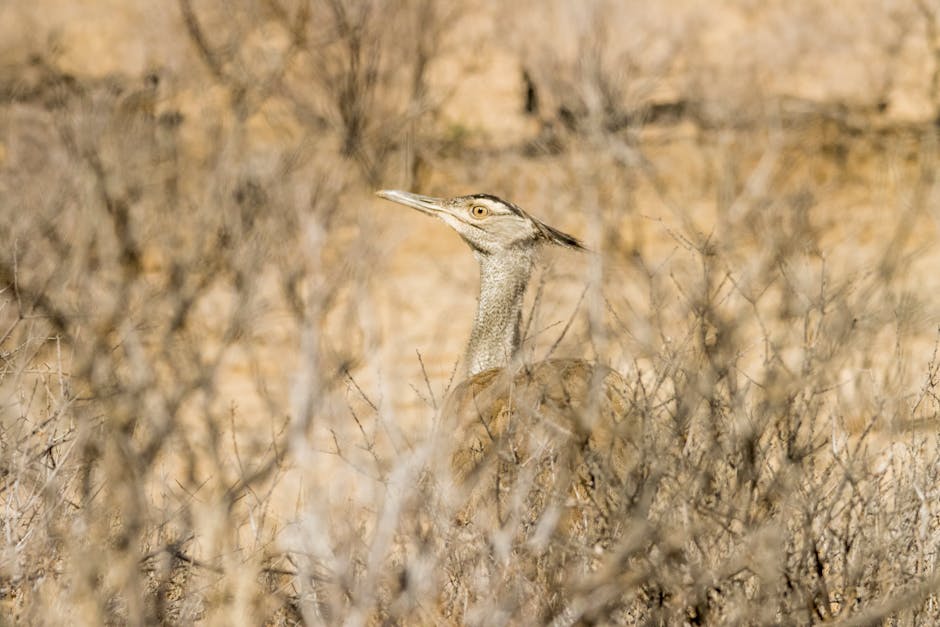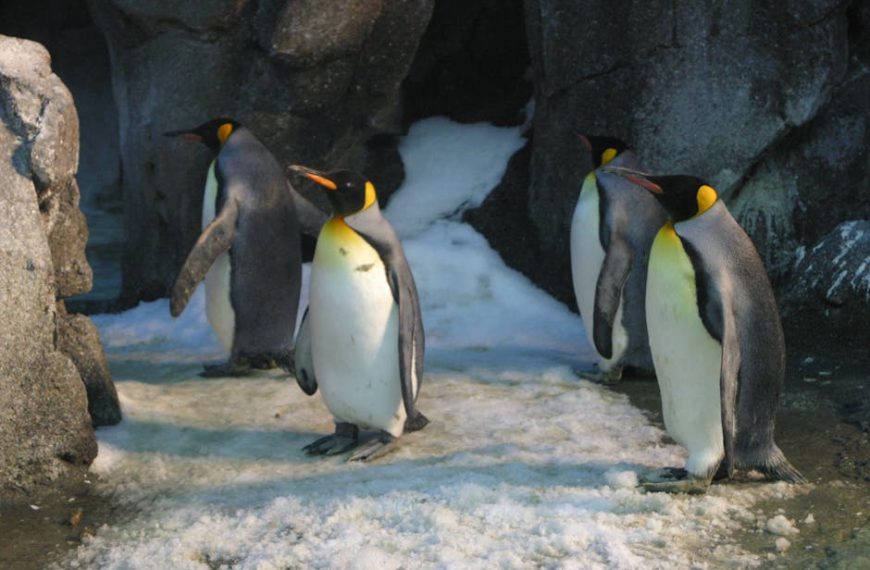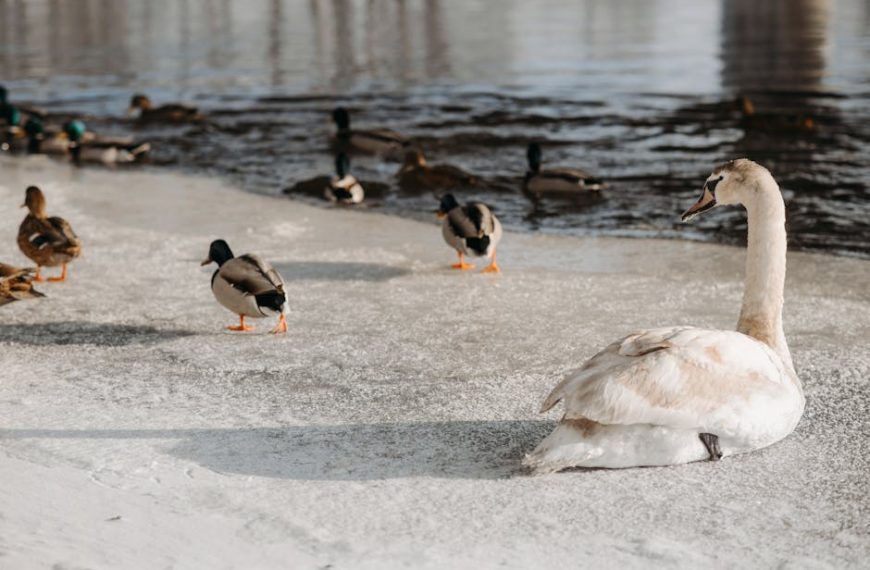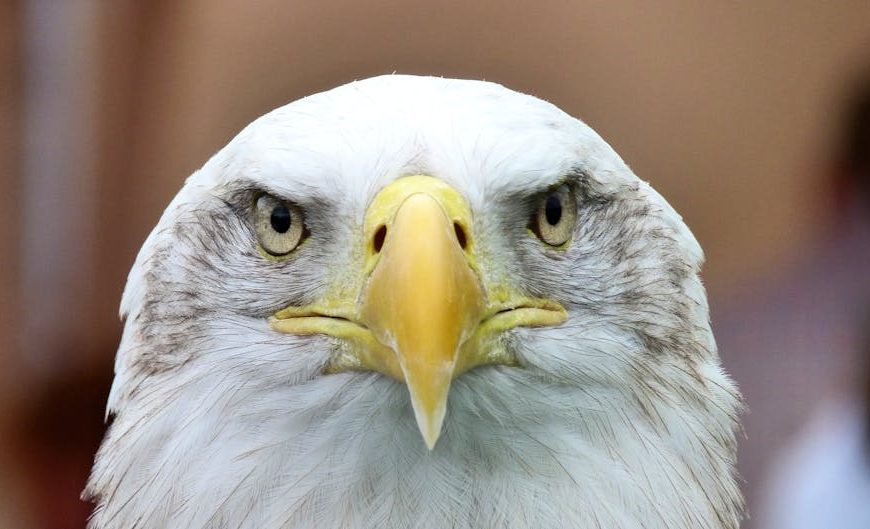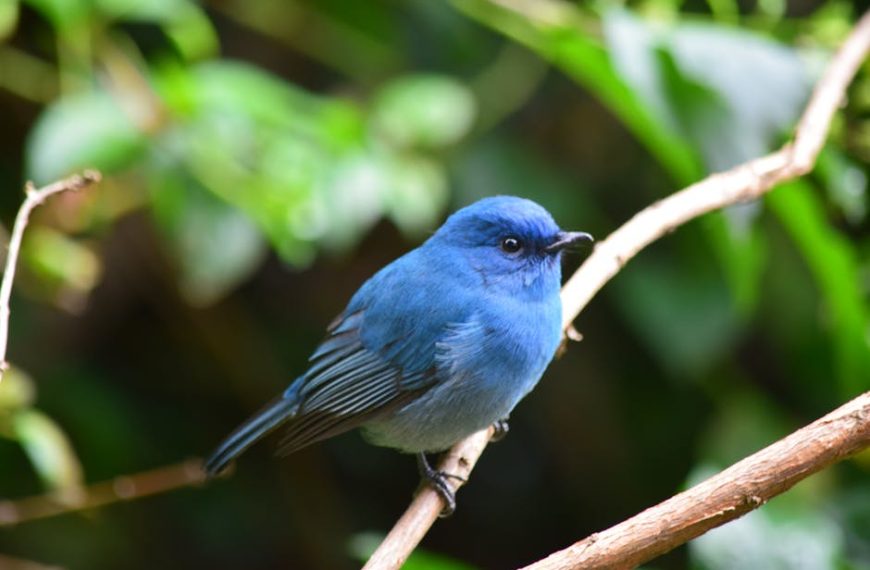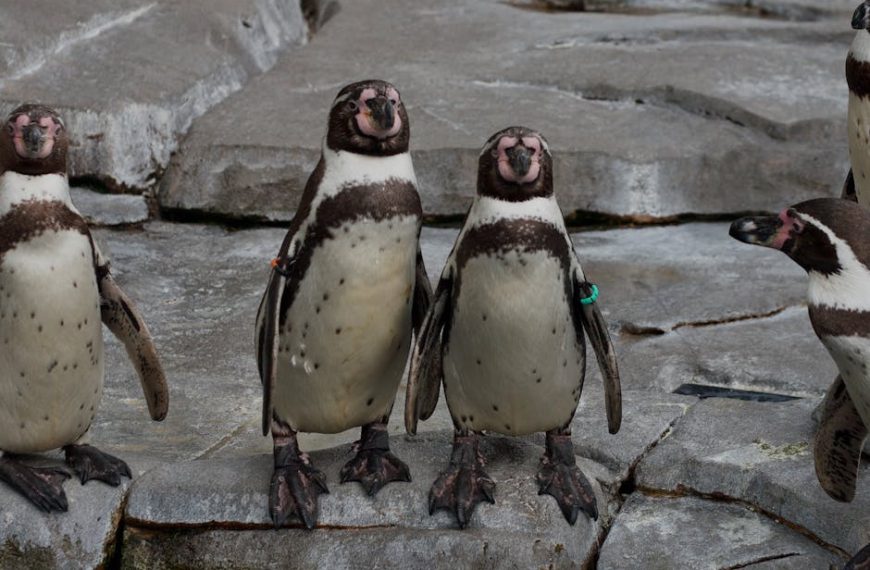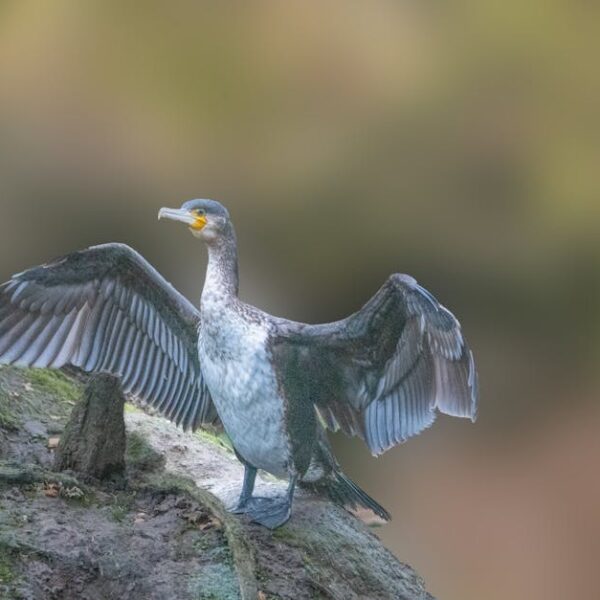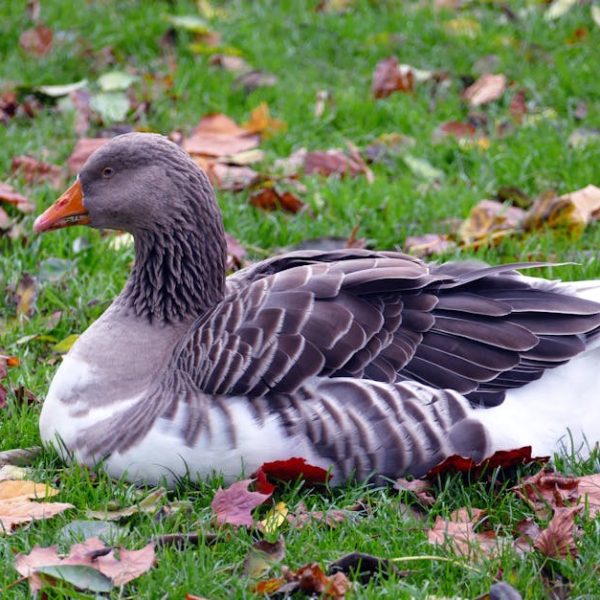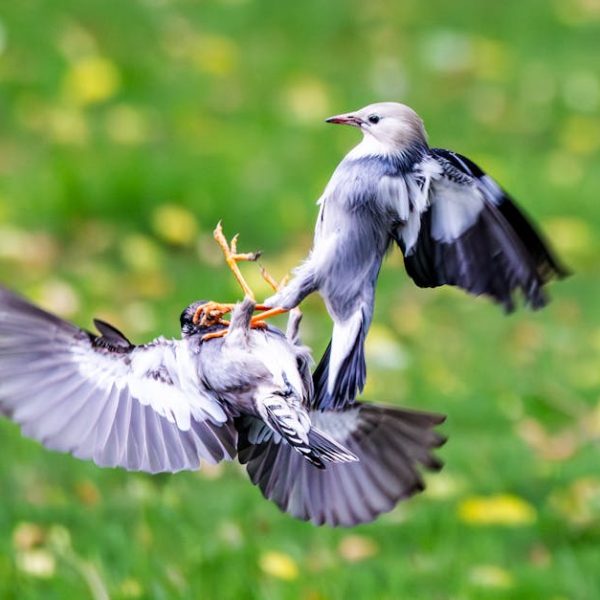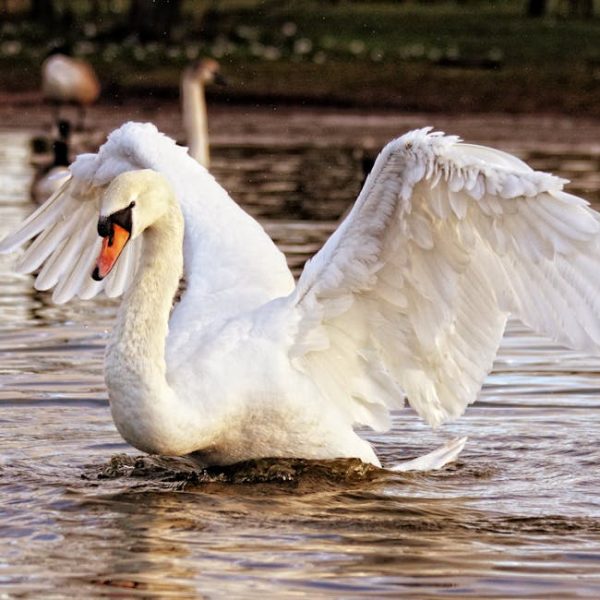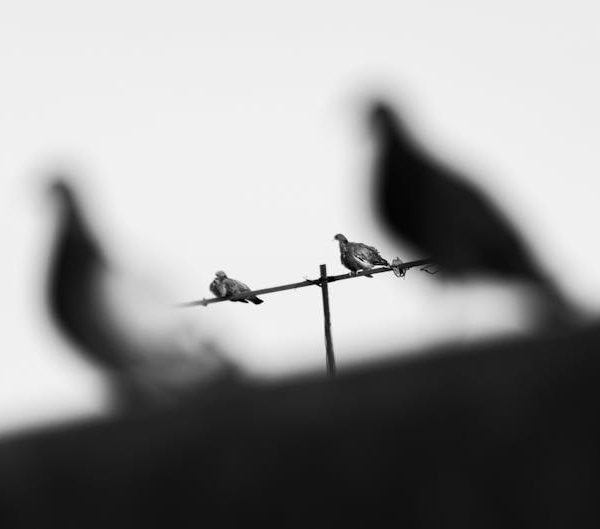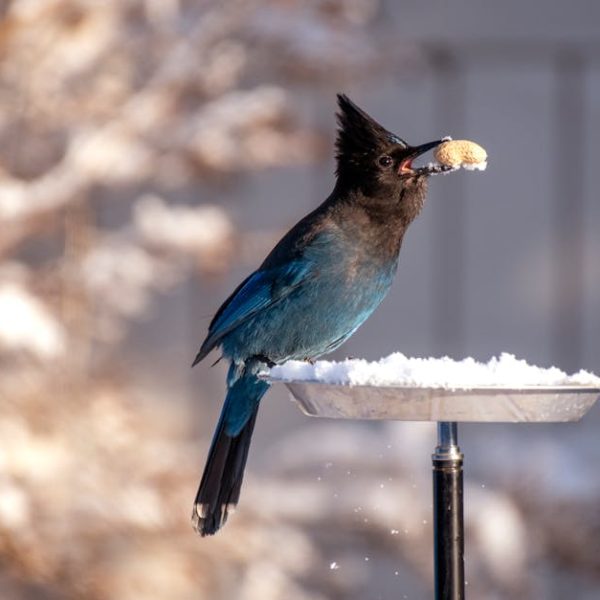Birds, one of the most intriguing species on Earth, are known for their beautiful colors, delightful sounds, and distinctive beaks. The beauty of birds isn’t just skin deep, but extends to their beaks – made up of a unique material and showing fascinating variety in structure, shape and function. It forms a critical part of their anatomy and plays an essential role in their survival. This article will take you on a captivating exploration into what birds’ beaks are made of, the significance of their shape and structure, and how they adapt to different environments and conditions.
Anatomical Composition of Birds’ Beaks
At a basic level, a bird’s beak consists of two primary components: an internal bony skeleton and an outer layer made up of a protein known as keratin. Similar to our human fingernails, the keratin layer is continuously grown and replaced to maintain the general structure and function of the beak. While the exterior appears solid and uniform, the internal bone structure varies widely across species, influenced by their dietary requirements and lifestyle.
- Sparrows and finches sport conical short beaks for seeds cracking and hard seeds consumption.
- Eagles and hawks have hooked beaks suitable for tearing flesh apart.
- Pelicans, on the other hand, have long, bucket-like beaks for scooping fish out of water.
![]() *Pro Tip: *Take note of a bird’s beak shape next time you’re observing them – it can tell you a lot about their diet and habitat!
*Pro Tip: *Take note of a bird’s beak shape next time you’re observing them – it can tell you a lot about their diet and habitat!
Role of Keratin in Birds’ Beaks
Keratin’s role in a bird’s beak extends far beyond just providing a protective exterior. It’s what gives the beak its strength and durability, enabling it to withstand frequent use and extreme wear and tear. Despite its hardness, keratin refreshes and renews itself, allowing for compounded strength. Interestingly, keratin is also responsible for the plethora of colors that grace bird beaks, resulting from pigments embedded in these keratin layers.
- Exposure to sunlight can lead to the fading of keratin’s color.
- Dietary changes may result in color variations.
![]() *Pro Tip: *Keratin’s resilience and renewing nature is what keeps a bird’s beak in peak condition, regardless of its constant use.
*Pro Tip: *Keratin’s resilience and renewing nature is what keeps a bird’s beak in peak condition, regardless of its constant use.
Different Types and Structures of Birds’ Beaks
Bird beaks vary enormously in size, form and functionality. This diversity is a direct manifestation of evolutionary changes and adaptations to environmental needs. The shape and structure of a bird’s beak tell us a lot about its dietary habits, lifestyle and habitat.
A table below illustrates common beak forms:
| Beak Shape | Diet |
|---|---|
| Short, thick, conical beak | Seed eaters (Sparrows, Finches) |
| Long, sharp, pointed beak | Insect eaters (Woodpeckers, Kingfishers) |
| Straight, thin, needle-like | Nectar feeders (Hummingbirds) |
- Owls possess sharp, curved beaks that allow them to tear their prey into manageable pieces.
- Ducks and geese have broader and flat beaks designed to filter food out of water.
- Woodpeckers have sturdy, pointed beaks for drilling into wood in search of insects.
How Bird’s Beak Evolves and Adapts
Bird beaks are a prime example of the marvel of adaptability in nature. Changes in the environment or diet of a species can lead to changes in the beak shape over generations. This is an innate survival mechanism often triggered by an increase in competition for food or evolve in response to new food sources. This process, wherein traits that confer a survival advantage become more common over generations, is known as natural selection.
![]() *Pro Tip: *A great example of this is the Galapagos Finches studied by Charles Darwin. They evolved remarkably distinct beak shapes and sizes tailored to their specific food sources on different islands.
*Pro Tip: *A great example of this is the Galapagos Finches studied by Charles Darwin. They evolved remarkably distinct beak shapes and sizes tailored to their specific food sources on different islands.
Illustrative Best Practices for Studying Beak Evolution:
- Observe a species over multiple generations. Look for trends and changes in beak shapes.
- Look for correlations with environmental modifications, new food sources, or novel competitive pressures.
- Look out for differences in beak features between geographically isolated populations of the same species.
Human Impact on Birds’ Beaks Adaptation
A significant change agent for bird beak evolution in recent centuries has been humans. From climate change and land development to deliberate or accidental introduction of new food sources and species – human activity has significantly impacted bird beak adaptation.
Some studies showcasing human impact on bird beak adaptation includes:
- The Blackcap Warbler’s migration and consequent beak shape changes due to temperature changes in Europe.
- Darwin’s Finches on the Galapagos Islands changing their beak shapes due to new food sources introduced by humans.
Then comes the double-edged sword of our contact with bird species. The negative side could lead to habitat loss, whereas the positive side can aid in survival and lead to successful adaptations.
| Pros | Cons | |
|---|---|---|
| Human Interaction | Can introduce new food sources allowing for beak adaptation and survival. | Can lead to habitat loss or pollution affecting bird populations negatively. |
In conclusion, bird beaks are an excellent example of the wonders of nature and the march of evolution. By understanding their composition and adaptations, not only do we gain a greater appreciation for the complexity of life, but we also realize the significant impact human activity can have on the natural world. As we strive to coexist symbiotically with nature, understanding and respecting these impacts will be crucial in our bid to protect bird species and biodiversity at large.
Key Takeaway:
- Bird beaks are primarily composed of an internal bony structure and an outer layer of keratin, a protein that provides the beak with strength, durability, and color variation.
- The shape, size, and structure of a bird’s beak are closely tied to its diet, habitat, and way of life. They range from short, conical beaks for cracking seeds in sparrows and finches, to long, bucket-like beaks for scooping fish in pelicans.
- Bird beaks evolve and adapt over time in response to environmental changes, dietary needs, and competition, a process known as natural selection.
- Human activity has become a significant factor in bird beak adaptation, with both positive and negative impacts on bird populations and beak evolution.
The natural world never ceases to amaze us with its profound intricacies and complexities. Birds, with their diverse beak structures, are a testament to the incredible adaptability and resilience inherent in nature. Keep in mind, our understanding, admiration, and respect for these creatures can play a vital role in ensuring their survival. So, let’s continue exploring, learning, and cherishing these marvelous beings that grace our planet.
FAQs
Q: How often does the keratin layer on a bird’s beak replenish itself?
A: The frequency of keratin renewal in a bird’s beak can vary based on factors like the bird’s species and diet. It’s a continuous process that ensures the beak remains in peak condition!
Q: Can the shape of a bird’s beak change within its lifetime due to its diet or environment?
A: Usually, a bird’s beak shape remains the same throughout its life. However, long-term dietary or environmental changes can cause noticeable changes in the beak shape of successive generations through the process of natural selection.
Q: What kinds of human activity can have a positive impact on bird beak adaptation?
A: Human intervention that introduces new, safe food sources can be beneficial to bird beak adaptation. This facilitates survival and may lead to interesting adaptations over time.
Q: How does sunlight affect the color of a bird’s beak?
A: Sunlight can cause the color of a bird’s beak to fade. This is because keratin, the protein that forms the outer layer of the beak and imparts the color, can lighten under sunlight exposure.
Q: Can two bird species with similar beak shapes have different diets?
A: Yes, while beak shape is often a good indicator of a bird’s diet, it’s not foolproof. Other factors like location, specific adaptations, and available food sources also play a significant role in shaping a bird’s diet.
We hope you found this article insightful! Feel free to share it with other nature enthusiasts and explore more posts on our website.
